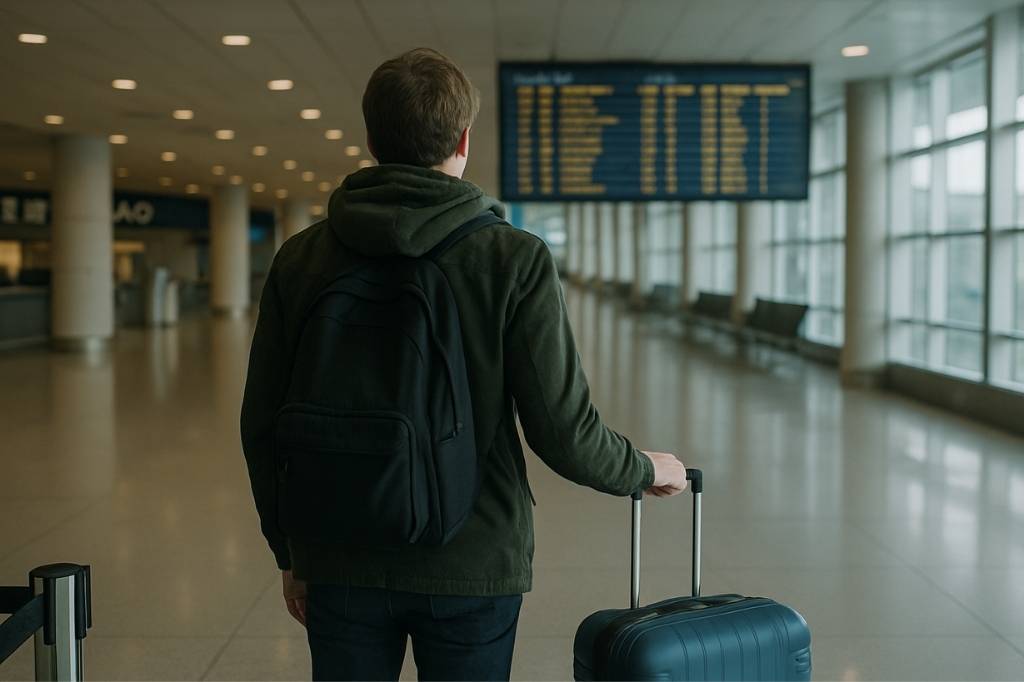As international travel continues to rebound, a recent update from the United States government highlights rising safety concerns in various parts of the world. The U.S. State Department now lists 21 countries under its highest travel advisory level — a Level 4 “Do Not Travel” designation. This classification warns Americans to avoid visiting these destinations due to severe safety risks, including conflict, crime, terrorism, and unstable political conditions.
The State Department added North Korea and Burkina Faso to this list in April, bringing the total to 21 nations. These updates reflect the department’s ongoing efforts to inform travelers about potential threats abroad.
What Is a Level 4 Advisory?
The U.S. State Department uses a four-tier system to guide travelers on the level of caution they should exercise in foreign countries:
- Level 1: Exercise normal precautions
- Level 2: Exercise increased caution
- Level 3: Reconsider travel
- Level 4: Do not travel
Officials designate countries as Level 4 when they identify life-threatening risks due to ongoing violence, instability, or legal complications that could affect foreign nationals, especially Americans. This warning serves as a serious alert to the unpredictable nature of local conditions.
The 21 Countries to Avoid
As of the latest update, the following countries fall under a Level 4 advisory:
- Afghanistan
- Belarus
- Burkina Faso
- Burma (Myanmar)
- Central African Republic
- Democratic Republic of the Congo
- Haiti
- Iran
- Iraq
- Lebanon
- Libya
- Mali
- North Korea
- Russia
- Somalia
- South Sudan
- Sudan
- Syria
- Ukraine
- Venezuela
- Yemen
Authorities flag these nations for various concerns, such as armed conflict, political unrest, or the targeting of foreign nationals through kidnapping or arbitrary detention. In some regions, reports indicate that local authorities have detained U.S. citizens without clear cause or access to consular support, particularly in places like North Korea and Iran.
Travelers should also note that not all areas within a country carry the same risk. Some nations contain specific high-risk regions that raise the overall advisory level. For example, Mexico includes several states under Level 4 due to crime and kidnapping, while the rest of the country holds a Level 2 or 3 designation.
What Travelers Should Do
Although the list targets U.S. citizens, international travelers from other countries can benefit from reviewing multiple sources before finalizing travel plans — including their own national advisories, international news, and firsthand accounts.
Those who choose to travel to higher-risk areas should consider taking the following precautions:
- Create a detailed emergency plan
- Register with their embassy, if available
- Monitor official government updates
- Familiarize themselves with local laws and customs
Staying Informed While Planning Travel
Officials regularly review and update travel advisories to reflect global developments. A country listed under a higher advisory level today may shift to a lower level as conditions change. Travelers who stay informed and flexible can better navigate international travel. Whether preparing for business, leisure, or personal visits, understanding advisory updates allows travelers to make informed decisions. By staying aware of evolving conditions and available guidance, individuals can approach international trips with greater preparedness and confidence.










